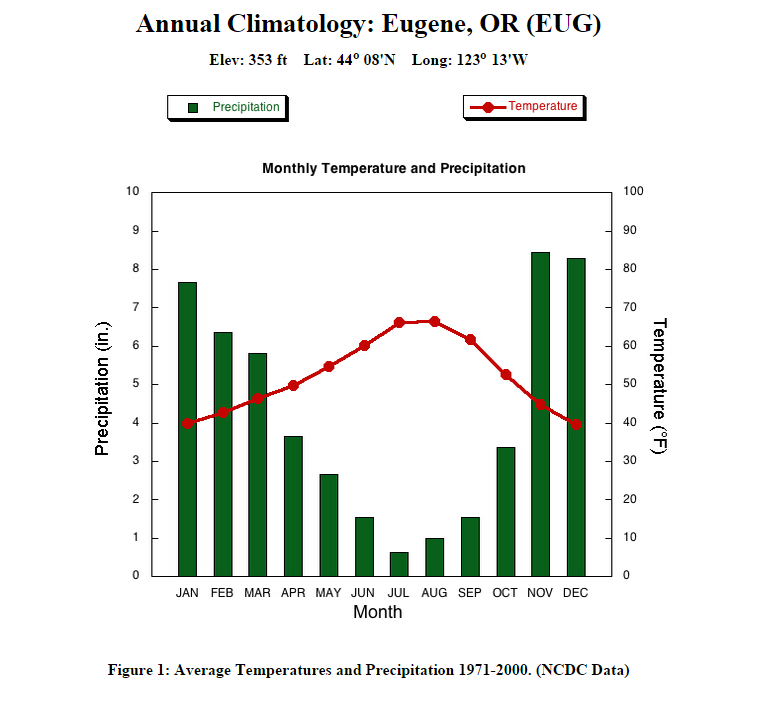Resource 2
Impacts of climate change narrow to three areas:
-erratic climate and weather extremes
-altered ecosystems and habitats
-risks to human health and society
| Low snowpack prompts power concerns for utilities |
Approximately 70% of electricity in the Northwest is powered by hydroelectricity. Decreasing summer streamflows would reduce hydroelectricity and stress electricity supplies. Meanwhile, rising temperatures would increase electricity demands for air conditioning and refrigeration.
Projected climate change impacts forests due to higher risks of forest fires. This will result in decreased tree growth and increased insect attacks. The potential reductions in summer soil moisture would contribute to wildfire risk. Drought stress and higher temperatures will impede tree growth, Projected climate changes will likely cause shifts in the composition, range and even existence of Northwest tree species. Decreasing supplies of water irrigation, increasing incidence of pests and disease attacks, and growing competition from weeds threaten Northwest agriculture, particularly the production of fruit trees.
Already known that human activities threaten salmon populations, climate change impacts would further stress these salmon population. Earlier peakflows and higher streamflows due to climate change would damage spawning nests and force young salmon from rivers prematurely.
Climate change, particularly sea level rising, is projected to increase coastal erosion and loss of beaches in the Northwest. Some climate models project that changing wind patterns, combined with sea levels rise could accelerate coastal erosion. Sea level rise could increase risk of landslide on coastal bluffs.

From forests fires and climate change, warmer polluted air affects the environment. A warmer atmosphere increases chemical reactions that form ground-level ozone, aka smog. Smog is a well-known lung irritant and a major trigger for asthma attacks.
.png)